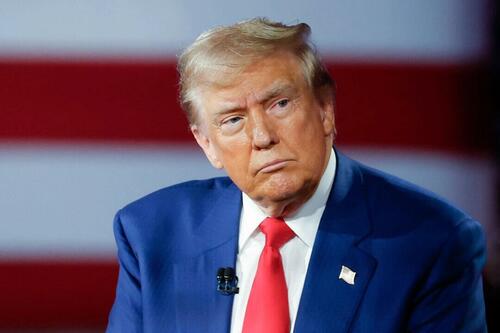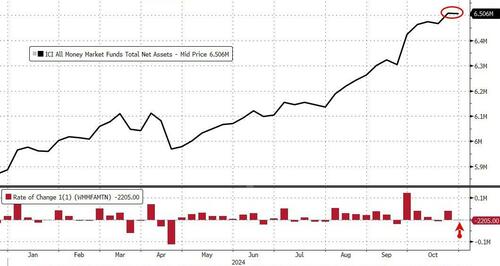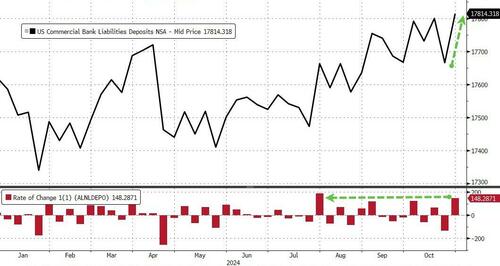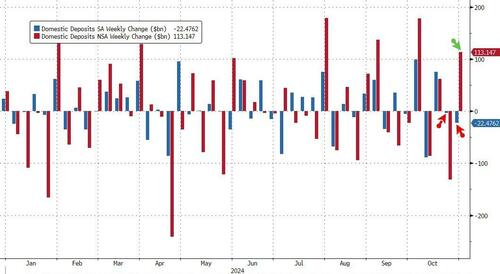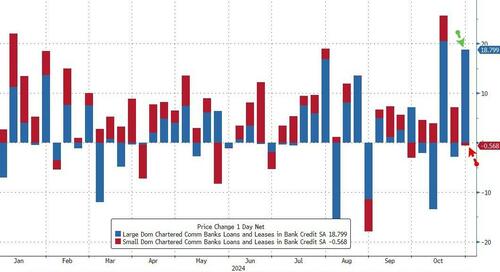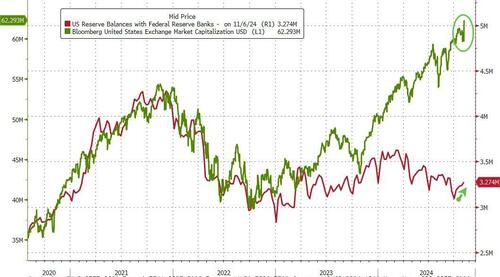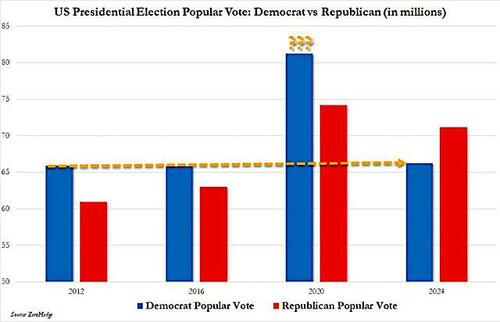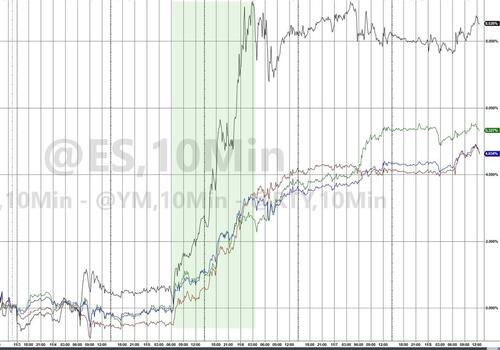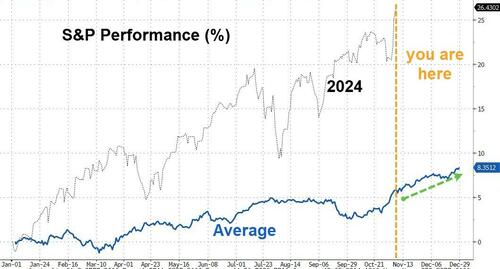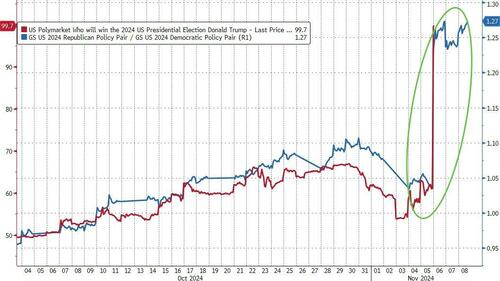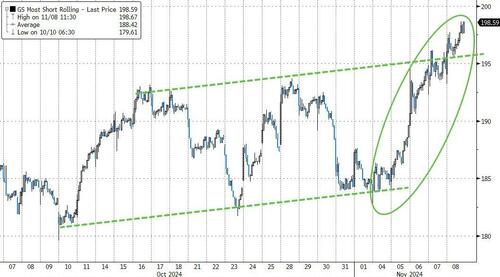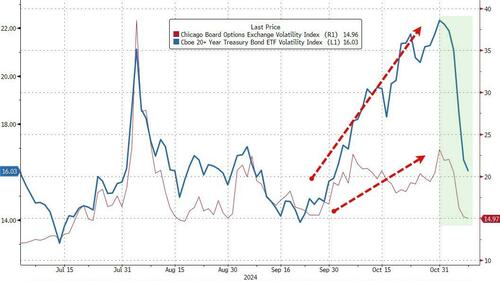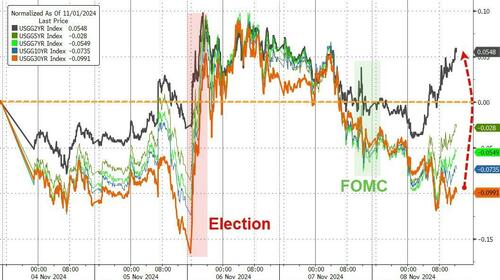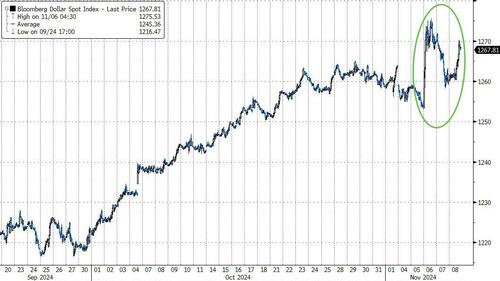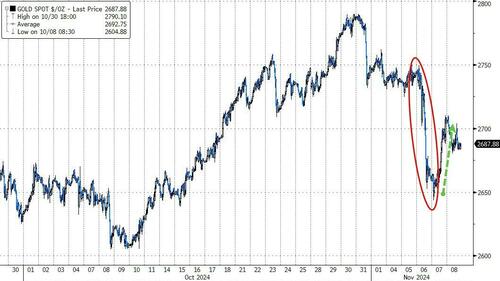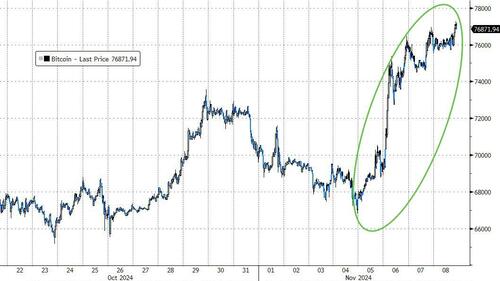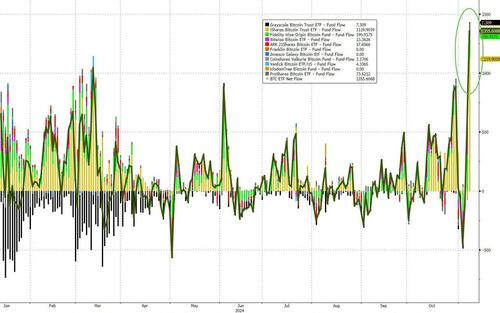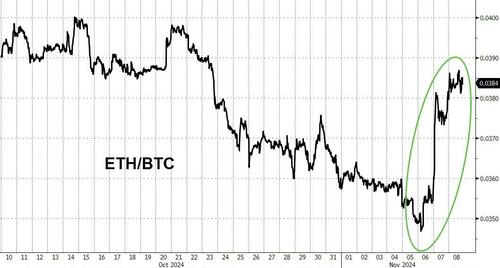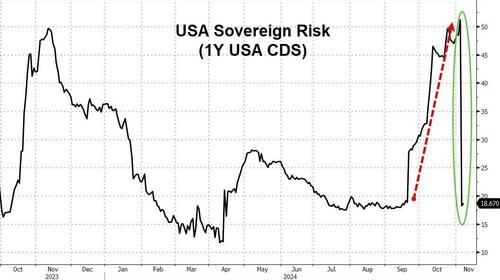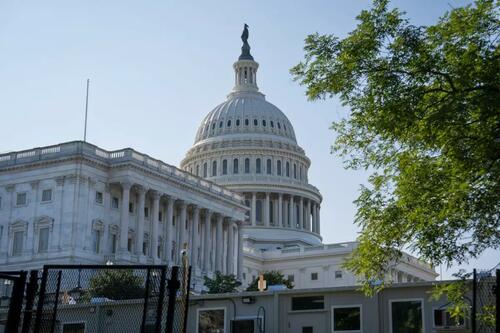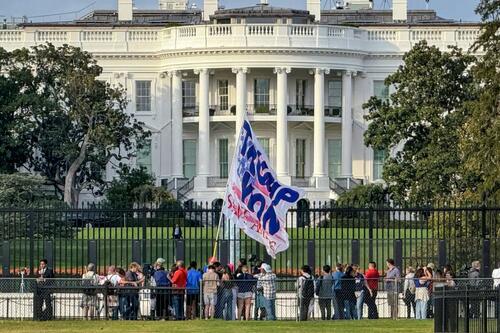Early Warning Signs Of A Total Economic And Social Collapse
Authored by J.G.Martinez via The Organic Prepper blog,
A total economic and social collapse is a catastrophic event characterized by the widespread dysfunction of critical systems, including government, economy, infrastructure, and basic services. While such a scenario is extreme, recognizing early warning signs can be crucial.
I have been monitoring the Cuba scenario.
To me, that is the definition of a failed State holding to the remains of a collapsed country ruled by thugs terrified of a popular armed uprising.
As our economy was destroyed by design, to control the population and crush the opposition among other goals, I believe I can describe the indications better than someone who never watched this happening.
In my research, a few events arose, as expected. Nevertheless, there were a couple of not-so-evident things that I’m going to point out.
By now, most of you reading this are very much aware of the loom and doom that destroyed the Venezuelan economy, and even these days, we feel panic every time the exchange rate with the USD changes.
For this past month (Oct. 2024), it went up 13%.
Enough to shake many people and make others begin thinking again about migrating.
Meanwhile, we have a single-digit “growing”, and a 50% inflation…in USDs. (This year!)
It is awesome to see how, despite oil production increasing at a snail’s pace, inflation seems to be looming again. It has been up almost 15% since 2022.
Here are some key indicators:
Economic Indicators
-
Hyperinflation: Uncontrolled inflation that rapidly erodes the value of currency. Shortly after the bus driver got into the Palace we started to see how our currency started this infamous process. This was so severe that it wiped off most of the wealth and living standards. We haven’t been able to recover it ever since 2015 when it started. This is so self-explanatory that there is not too much need for further discussion.
-
Commodity Shortages: Severe shortages of essential goods like food, water, and fuel. At the present moment, supermarkets are overflowing with all kinds of products. Of course, getting the money to buy them is the hard part. Most of them come from Brazil, for the sake of money laundering schemes related to gold, and the fees charged by the concession of the narcotics trafficking routes control to the “producers”. But can’t prove it though.
-
Mass Unemployment: it occurs when a significant portion of a nation’s workforce is unable to find suitable employment. Here, “suitable” refers to jobs that align with an individual’s existing skills and experience. Unemployment in large amounts, is often viewed as a symptom of a deeper malaise within a society. It can serve as a powerful indicator of a nation’s economic health and can signal the onset of more severe societal problems. Mass unemployment is a financial issue at its core. When a large number of people are out of work, it has a ripple effect throughout the economy. Consumer spending decreases as people have less disposable income. Businesses are forced to lay off more workers because of the decline in demand, in a downward spiral.
-
Recession/Depression: This can lead to a recession or even a depression, depending on the severity and duration of the unemployment. The effect of mass unemployment deteriorates the nation’s tax base. With fewer people working and paying taxes, governments have less revenue to fund essential services like education, healthcare, and infrastructure. This can lead to a decline in the quality of life for citizens and further erode the nation’s competitiveness. The social consequences of mass unemployment are equally profound. High unemployment rates are often associated with increased crime rates, societal unrest, and political instability.
-
Uptick in property crime: When people are searching for work without success, they may turn to desperate measures to support themselves and their families. I have seen this happening. This means an increase in property crime, drug use, and other serious antisocial behaviors. We have experienced first-hand how mass unemployment is eroding the social cohesion. It is not as if we had faith in the ruling gang to begin with, but re-engineering of our social fabric executed by Cuban agents made it much worse. This led to a breakdown of social trust and made it difficult for communities to come together to solve problems. Mass unemployment can have a significant impact on a nation’s political landscape, and Venezuela is (sadly) one of the most relevant examples in modern History. Discontent with the handling of the economy can lead to political instability and even regime change (as it is already happening, happily!). Populist politicians often exploit the economic anxieties of unemployed workers to gain power, promising easy solutions to complex problems.
-
Unsustainable Debt: A national debt that exceeds a country’s capacity to repay. An enormous external debt has exacerbated Venezuela’s economic crisis. This situation brings along a payload of negative consequences that have made our circumstances even worse. Let’s define this: debt is considered unsustainable when a country is incapable of paying back the interest or principal on its loans. This situation is known to generate a crisis involving both economic and societal aspects. The government is then forced to allocate a large portion of its resources to debt service, rather than investing in areas such as health, education, and infrastructure.
Traditionally, our country has experienced a weakness in the public sector regarding these three areas mentioned above. The trend then goes downhill with time, as the real responsible for the crisis are those controlling all the aspects of the public financial system, including the monetary policy. There are no experts that want to be involved in that mess, by the way; most of the “official” public “servants” with middle rank and choice makers don’t have neither the skills nor the will to do something to improve the situation. Their only goal is to perform as financial operators to help them in the cover-ups. The 100% control of the price of the USD is what makes our Central Bank a joke.
- Financial Market Collapse: The collapse of stock markets and a general loss of confidence in financial institutions. Mind you, in the most recent post-apo movie that sparkled our interest in one of the streaming sites, one of the main characters could read something was happening…in the charts of the stock exchanges of the world. I have read some good fiction, and it’s quite interesting to see how some of the characters are related to the financial world and can read the writings and make some predictions.
Social Indicators
-
Increased Violence: crime, civil unrest, and social conflict are (obviously) among the most visible.
As a side note, why wait for this to happen? Any sane prepper should know that leaving early to avoid a potentially harmful situation is the way to go. You don’t have a place to Bug Out? Can you Bug in safely for a while until things clear up? Can you Bug out at all? Include here the State-sponsored actions to “pacify” the country and you will see how advanced the collapse is. Another failed State that we should be looking at is Cuba. The collapse is total there. Over one million people left in 2023 only.
Add this book to your library to keep all the Organic Prepper articles on dangerous times in your library.
-
Mass Migration: A large-scale exodus of people seeking better living conditions. I consider this as the most painful indicator. Being part of these statistics, I can say I share encountered feelings regarding this. This is not only the most painful but the most visible. If things were livable, people wouldn’t flee away.
-
Family Breakdown: A rise in family disintegration and social issues like poverty, mental health issues like depression, and substance abuse. Another catastrophic effect of all the circumstances mentioned above.
-
Infrastructure Collapse: Failures in essential services such as electricity, water, and sanitation.
-
Erosion of Trust: A widespread loss of confidence in government, businesses, and other institutions. This should have disappeared in Venezuela like back in the early 60s. The influence of the red Caribbean gang dates from that era, indeed.
Political Indicators
-
Political Instability: Weak governance, frequent regime changes, and internal conflict.
-
Corruption: Widespread corruption at all levels of government.
-
Human Rights Abuses: Restrictions on freedom of speech, political persecution, and state-sponsored violence.
Environmental Indicators
-
Environmental Degradation: Severe pollution, deforestation, and biodiversity loss.
-
Resource Depletion: Scarcity of essential resources like water and energy.
-
Natural Disasters: Increased frequency and intensity of natural disasters.
It’s crucial to note that these indicators often interact and can exacerbate one another.
A total collapse is typically a gradual process, marked by a series of interconnected events. It won´t be like your typical Hollywood collapse, where the family is someday having dinner or hanging out in a mall and the next fighting for survival with a horde of…whatever your favorite monster is.
While it may seem like a distant possibility, understanding the warning signs can help mitigate risks and prepare for potential challenges.
This is not intended to be a political article; on the contrary.
I found it amazing to learn that a war does not have to be necessarily declared; it can unfold without such formalities.
If it’s like this, then I’m afraid we should be pretty much aware of the facts, and the actions of everyone involved in such plays; and pay much less attention to the biased mainstream media nonsense.
Tyler Durden
Fri, 11/08/2024 – 17:40
via ZeroHedge News https://ift.tt/dk2Ph6I Tyler Durden



